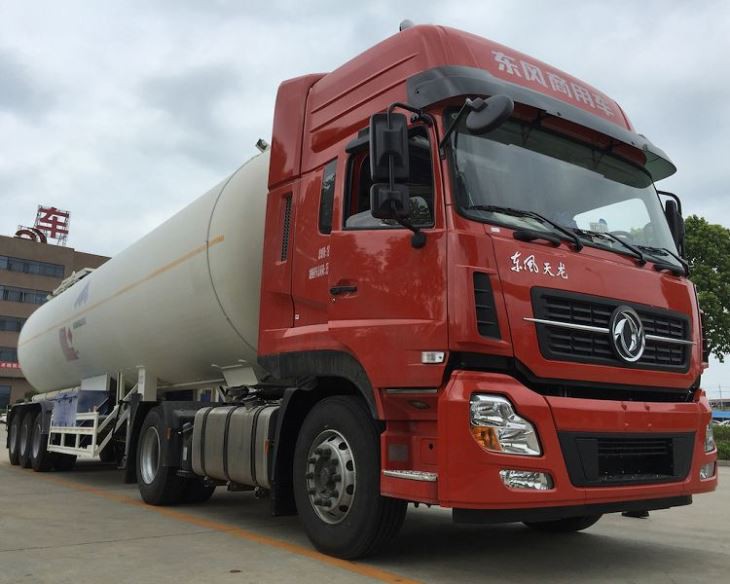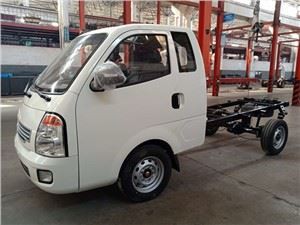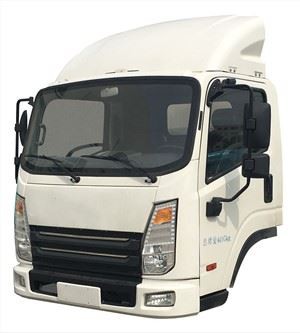Complete Guide to Refuse Truck Parts: Everything You Need to Know

Introduction
Refuse trucks are essential vehicles used by municipal services to collect waste and recyclables. To keep these trucks running efficiently, understanding the various parts that make them function is crucial. This comprehensive guide on refuse truck parts covers everything from the basic components to specialized parts, maintenance tips, and frequently asked questions. Whether you are a fleet manager, a technician, or simply interested in refuse truck mechanics, this article will serve as a valuable resource.
The Anatomy of a Refuse Truck
1. Chassis
The chassis is the frame of the truck, supporting all other components. It must be robust to carry heavy loads and withstand harsh conditions. Typically made of steel or aluminum, the quality and design of the chassis greatly impact the truck’s performance and lifespan.
2. Engine
The engine is the heart of any refuse truck, providing the necessary power to operate. Most refuse trucks use diesel engines due to their durability and fuel efficiency. Regular maintenance, including oil changes and air filter replacements, is essential to keep the engine running smoothly.
3. Transmission
The transmission transmits power from the engine to the wheels. Refuse trucks often use automatic transmissions, which allow for easier maneuverability during stops and starts. Maintaining fluid levels and addressing any leaks promptly are vital to transmission health.

4. Refuse Body
The refuse body is where waste is collected and stored. This component can vary in design, such as rear-loader or front-loader configurations. High-strength materials are used to ensure durability against heavy loads and harsh conditions. A vital aspect of maintaining a refuse body is regular cleaning to prevent odor and corrosion.
Key Features of Refuse Bodies
- Compaction Systems: Designed to compress waste, allowing for more efficient transport.
- Access Doors: Facilitate easy emptying and maintenance.
- Hydraulic Systems: Power the lifting and tilting mechanisms.
5. Hydraulic System
The hydraulic system is responsible for powering the compaction mechanism and other functionalities in refuse trucks. Regular checks on hydraulic fluid levels, hoses, and cylinders can prevent leaks and ensure efficient operation.
6. Suspension System
The suspension system helps absorb shocks from uneven terrain, providing a smoother ride for the driver and protecting cargo. Leaf springs and shock absorbers are common components that require periodic inspection and replacement to maintain performance.
7. Braking System
Refuse trucks require robust braking systems to handle the heavy weights they transport. Most refuse trucks come equipped with air brakes, which provide strong stopping power. Regular maintenance, including brake checks and pad replacements, is crucial for safety.
Common Refuse Truck Parts and Their Functions
1. Tailgate Seals
Tailgate seals are critical for preventing leaks and odors emanating from the refuse body. Regularly inspecting and replacing worn seals can enhance the truck’s efficiency.
2. Compactor Blades
These blades serve to compact waste efficiently. Over time, they may wear down and require sharpening or replacement to ensure effective compaction.
3. Lift Mechanism
The lift mechanism is responsible for raising the refuse container to dump its contents. Ensuring it operates smoothly is vital, as it prevents operational delays and safety hazards.
Maintenance Tips for Refuse Truck Parts
1. Schedule Regular Inspections
Regular inspections can identify potential issues before they become serious problems. A complete pre-trip inspection checklist can ensure every aspect of the truck is functioning properly.
2. Keep Detailed Maintenance Logs
Documenting all maintenance work, repairs, and parts replacements helps track the truck’s history. This information is invaluable when assessing performance and planning future maintenance.
3. Use Quality Replacement Parts
When replacing parts, always choose OEM (Original Equipment Manufacturer) or high-quality aftermarket parts. While they may cost more initially, they often provide better durability and performance.
4. Train Drivers on Proper Operation
Proper training for drivers can minimize wear and tear on refuse trucks. This training should include driving techniques, optimal loading and unloading practices, and safety protocols.
Buying Refuse Truck Parts: What to Consider
1. Source of Parts
Consider whether to purchase from distributors, online retailers, or directly from manufacturers. Each has its pros and cons in terms of pricing, availability, and reliability.
2. Warranty and Return Policies
When purchasing parts, check the warranty and return policies. A good warranty indicates quality, while a favorable return policy provides peace of mind if the part is not suitable.
3. Compatibility
Ensure that the parts you are purchasing are compatible with your specific model of refuse truck. This information can usually be found in the truck’s manual or by consulting a dealer.
Innovations in Refuse Truck Parts

1. Eco-Friendly Components
The push towards sustainability has led to the development of eco-friendly refuse truck parts. These can include more efficient engines and lighter materials that reduce fuel consumption.
2. Advanced Technology Integration
Modern refuse trucks are increasingly equipped with GPS and route optimization software, leading to more efficient waste collection routes. This technology can also help monitor vehicle performance and maintain parts effectively.
Frequently Asked Questions
1. What are the most common problems with refuse truck parts?
Common issues include hydraulic system leaks, worn brake components, and compromised seals in the refuse body. Regular inspections help identify these problems early.
2. How often should I perform maintenance on refuse truck parts?
Maintenance schedules can vary, but regular inspections are recommended every 1,000 to 3,000 miles, with more comprehensive checks at least once a year or per manufacturer recommendations.
3. Are OEM parts worth the investment?
Yes, OEM parts often ensure better compatibility and performance compared to generic options, leading to longer-lasting repairs and fewer issues in the long run.

4. Can I perform repairs on refuse truck parts myself?
While some minor repairs can be done by knowledgeable individuals, it is often best to consult professionals for complex repairs to ensure quality and safety.
5. What should I do if the refuse truck is not lifting properly?
If the refuse truck is not lifting correctly, check the hydraulic fluid levels first. If levels are adequate, inspect the lift mechanism for blockages or wear and consider consulting a mechanic.
6. How can I extend the lifespan of refuse truck parts?
Regular maintenance, using quality parts, and ensuring proper operation by drivers can significantly extend the lifespan of refuse truck parts.
